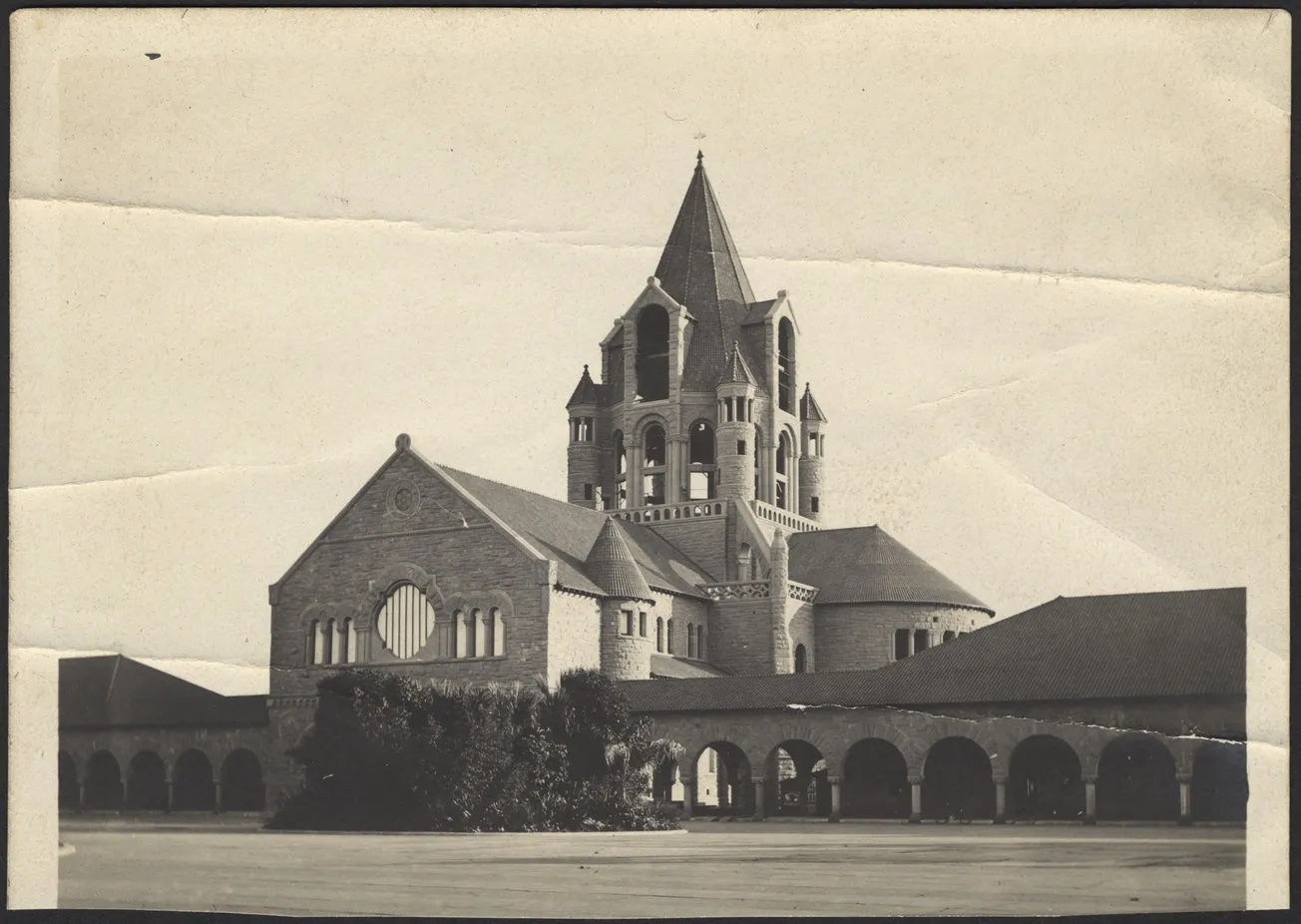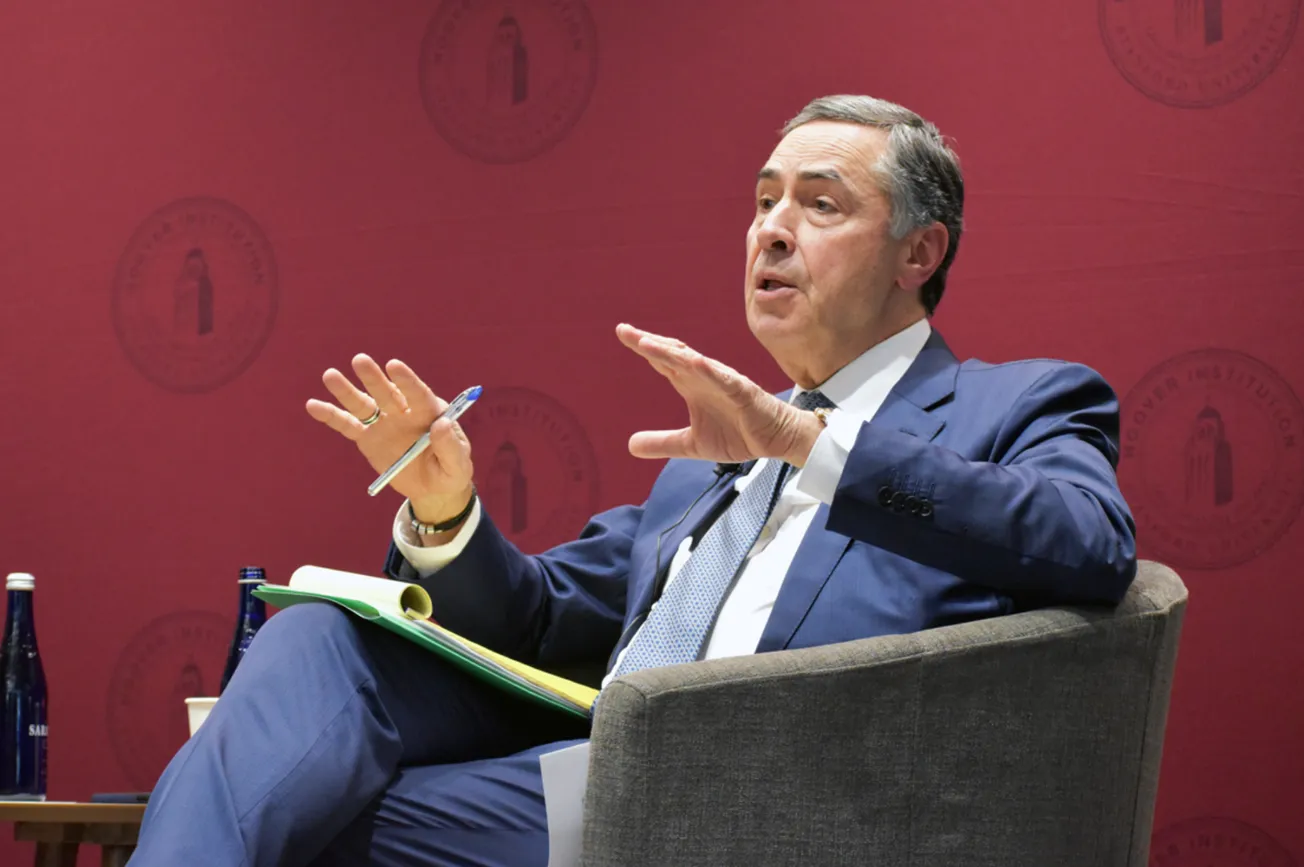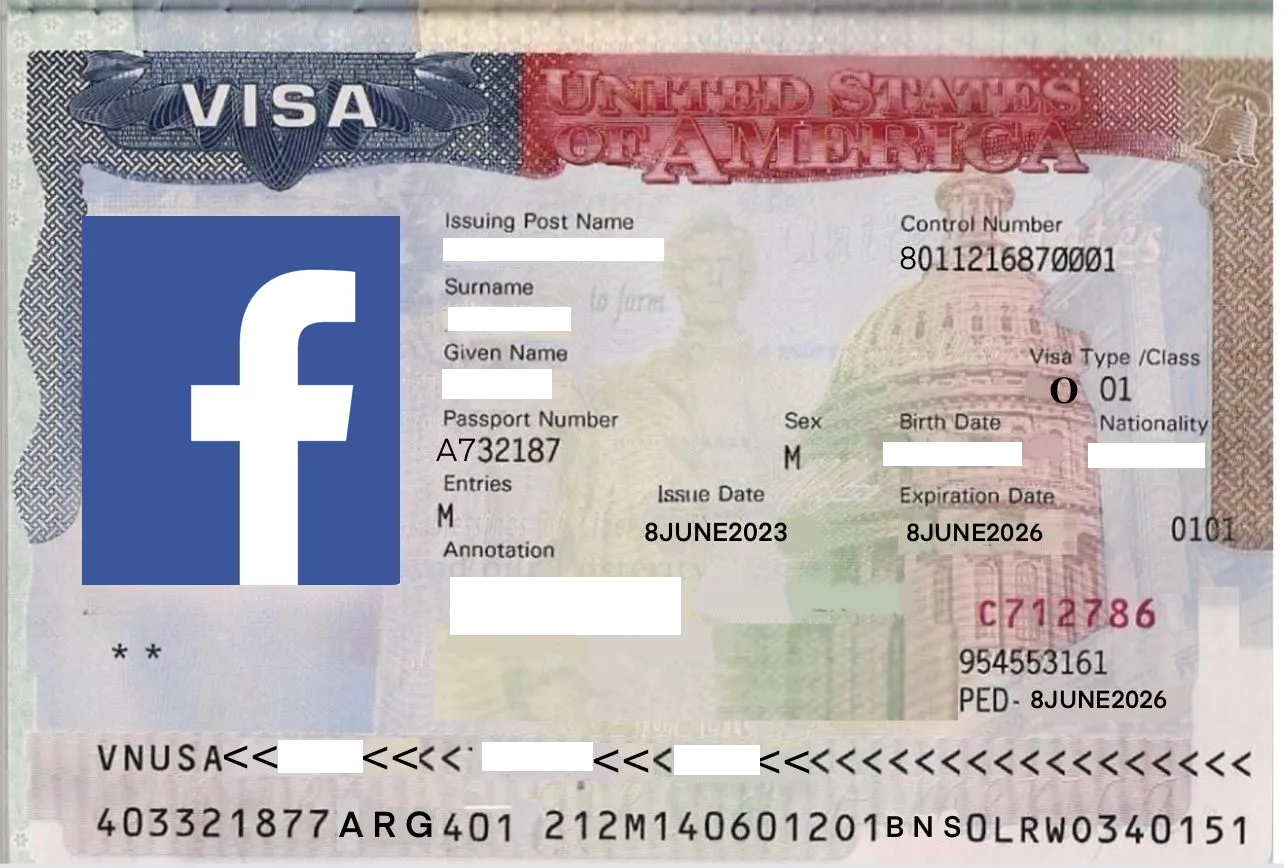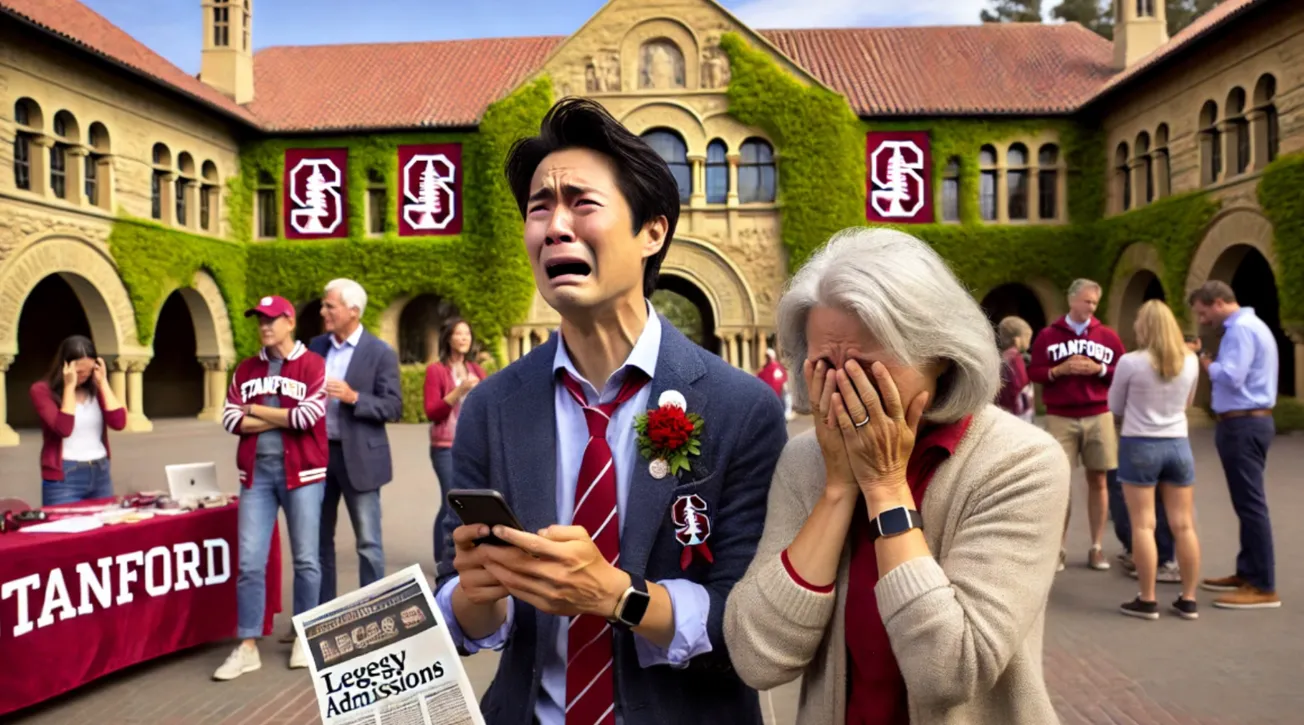Table of Contents
Jane Stanford wanted all students to be free to practice their religion at Stanford. So why were Jewish students holding secret services in the basement of the Women’s Clubhouse in 1966?
________________________________________________________________**
The spectacle of Memorial Church can be obscured amid the rows of palm trees and the sun-drenched foothills in the background, but it is no coincidence that Memorial Church is the first building
Jane Stanford, a devout ecumenical Christian, insisted that Memorial Church be at the center of campus because she believed that an education without religious awareness was an education wasted. She held that learning without attention to character would be of no benefit to the students or society at large. Memorial Church was intended to be the space where the spiritual lives of students would be nurtured, and thus had a pivotal role in the educational vision of Stanford’s founders.
“The church is the only institution that makes or has made or pretends to make a stand against immorality in all its forms,” reads an inscription that Jane commissioned at Memorial Church. “Education does not; nor does that science in which you are interested and which you consider all powerful.”
Despite such wholehearted commitment to religion, Stanford was somewhat unorthodox in her approach. She attended Christian services throughout her life, but neither she nor her husband ever committed to a single denomination. She frequented Presbyterian churches, but also developed an admiration for the Catholic ritual. Architecturally, she had Memorial Church designed in the style of the Romanesque tradition, inspired by the Catholic cathedrals of Venice and Ravenna.
The religious life to be practiced in Memorial Church, in addition to its external architecture, sprang from Stanford’s unique ecumenical sensibility. In an era of American history when denominational tensions were significant, Jane felt that the conflict between the sects was destructive. It was in this context that she demanded that Stanford avoid any sectarian affiliation.
In the 1885 Founding Grant, the Stanfords laid out a plan for how the University would balance the duty to attend to the student body’s religious needs with the desire to avoid any manifestation of sectarian conflict that could disturb peace on campus. Years later, the vagueness of their vision would prove unfit for the religious demands of a 20th century American student body.
The fourteenth clause of the Founding Grant reads, “To prohibit sectarian instruction, but to have taught in the University the immortality of the soul, the existence of an all-wise and benevolent Creator, and that obedience to His laws is the highest duty of man.”
Instead of sectarian services, the Stanfords maintained that Memorial Church should house denominationally neutral, universal services. Additionally, they prohibited all forms of sectarian worship on campus. They hoped universal services would effectively address the spiritual needs of all the University’s students, while the ban would protect against the potentially divisive consequences of explicit denominational affiliation.
In an amendment to the Founding Grant written in 1902, after Mr. Stanford’s death, Jane explained the nature of religious worship in Memorial Church. “The service must be simple and informal in character, and the theological questions, services, and observances upon which the sects differ should not be entered upon.”
Jane thought it crucial that ministers of all faiths be welcome to lecture at Memorial Church on the principles of their religions. Rabbi Jacob Voorsanger of San Francisco’s Temple Emmanuel was amongst the clergy who oversaw the Church’s dedication ceremony in 1903.
It seems that Jane did not anticipate the potential difficulty of fostering a multi-denominational environment in a space so dominated by Catholic-style mosaics and 19 large stained-glass windows. The façade of Memorial Church depicts Jesus with arms extended to onlookers – an image that is welcoming, but unambiguously Christian.
With services that were “simple” and “informal,” she may have overlooked the possibility that such a neutrality would satisfy no one. Over the years, many denominational groups would go off campus in search of a place to freely worship.In the University’s early years, the school struggled to foster a religiously lively, multi-denominational community which the founders had so hoped would flourish. Stanford remained non-sectarian and consequently, un-religious on the whole.
Attempts were made to integrate a more formal religious component into the University’s fabric, but the school’s unique charter strictly prevented any sectarian affiliation.
In 1924, wealthy donor Charles Holbrook divided his estate between Stanford and the Pacific School of Religion in Berkeley with the hopes that the two institutions would merge. The Pacific School of Religion, which trained evangelical ministers, was in financial straights and Stanford still lacked a graduate school of religion.
The Seminary’s charter required that all trustees be members of an evangelical Christian church. The condition clashed with Stanford’s non-sectarian clause, so the union never happened. In 1940, University President Ray Lyman Wilbur re-explored the possibility of a merger with the PSR, but the institutions’ respective rules prevented any type of union.
The non-sectarian clause ensured that Stanford would never become a training grounds for ministers like its eastern counterparts, Harvard, Yale, and Princeton had been in their early days. The University would not hire a full-time professor in religion until 1951, and would not establish a department of religious studies until 1973. In 1946, Merrimon Cuninggim, a visiting education administrator, wrote a scathing report on the state of religion at Stanford.
“Five thousand students in each generation are graduating with no knowledge of their religious heritage, nor satisfying philosophy of life,” he reported.
He attributed the dearth of religious awareness to the way that the administration and trustees had interpreted the non-sectarian clause in a negative and restrictive fashion, rather than as enabling the tolerance and flourishing of many religious faiths on campus.
Stanford’s platform for religious expression was subject to scrutiny again in the 1960s. The religious make-up of the student body had grown increasingly diverse, leaving students dissatisfied with Memorial Church and the school’s policies on religious worship.
When the University was founded, Jane Stanford feared conflicts within Protestantism, but she did not anticipate the influx of Catholics and Jews to America that would lead to greater religious diversity and an updated understanding of what it meant for a school to avoid sectarian division.
“Stanford is in character a non-sectarian university, but as far this nonsectarian character goes, I see only one fly in the ointment,” said Assistant Professor of Religion Henry Fortsman in 1963. “and that’s the prohibition of non-protestants on campus.”
Professor Forstman’s critique reveals the underlying self-contradiction in the University’s policy. While it ostensibly bans denominational service and grants universal service, the universal service is itself akin to Protestant worship. Thus under the guise of non-sectarianism, the University effectively promotes one religion, at the expense of other religious minorities.
With a student body that was increasingly non-Protestant, religious student groups grew impatient with the services held at Memorial Church. In 1963, students began to organize an effort to persuade the administration to allow denominational worship on campus.
“I don’t advocate doing away with the chapel,” said Fortsman. “The university should allow others to have service on campus. This is what many consider to be the crux of the problem: if open for some, you have to open the flood gate entirely.”
A group of campus leaders, including University chaplain Robert Minto, questioned whether it was realistic to expect one space to satisfy the needs of all the religious denominations on campus.
“We can’t incorporate everything in Memorial Church because then we wouldn’t have anything,” said Minto in 1964.
Later that year, LASSU, a faculty committee, issued a report detailing student dissatisfaction with religious life at Stanford and advised the administration to reconsider the non-sectarian clause because it was not being implemented in the “spirit intended by Jane Stanford.”
Two years later, under sustained pressure from the ASSU, the Stanford Board of Trustees secured a court order to allow them to amend the non-sectarian clause in the Founding Charter. The amended Charter permitted denominational worship in Memorial Church, but maintained a ban on worship elsewhere on campus.
The Board of Trustees worked with school officials to ensure that all denominations would be able to reserve time for services in Memorial Church.
Shortly thereafter, it became apparent that the amended rule would not satisfy the student body. A group of Jewish students approached dean of students Joel Smith on April 19th, admitting that they had been conducting daily services in the basement of the Women’s Clubhouse for almost a month.
They objected to the board of trustees’ forced ultimatum – hold services in Memorial Church or worship off-campus.
A participating student said that the group was performing the afternoon service as “part of daily existence and not something we should have to go off campus to do.”
Stanford Hillel director Rabbi Charles Familant explained the inadequacies of Memorial Church to The Stanford Daily.
“It’s impossible to worship within the sanctuary because the Christian symbols there help to create an atmosphere incompatible with the spirit which ought to be generated in a Jewish worship service.”
The board of trustees eventually sided with Familant, voting to permit worship outside of Memorial Church.
It is this debate that shaped the administration’s attitude towards religious services and created the environment that exists on campus today.
In Part 2, we will explore the state of religious expression at Stanford in the modern day and contemplate whether Jane’s vision is being realized 108 years after the dedication ceremony of Memorial Church.
Special thanks to Aimee Morgan, Polly Armstrong, and all of the Special Collections staff at Green Library for assisting with research. With additional reporting by Gideon Weiler. This is Part 1 of a two-part series.





